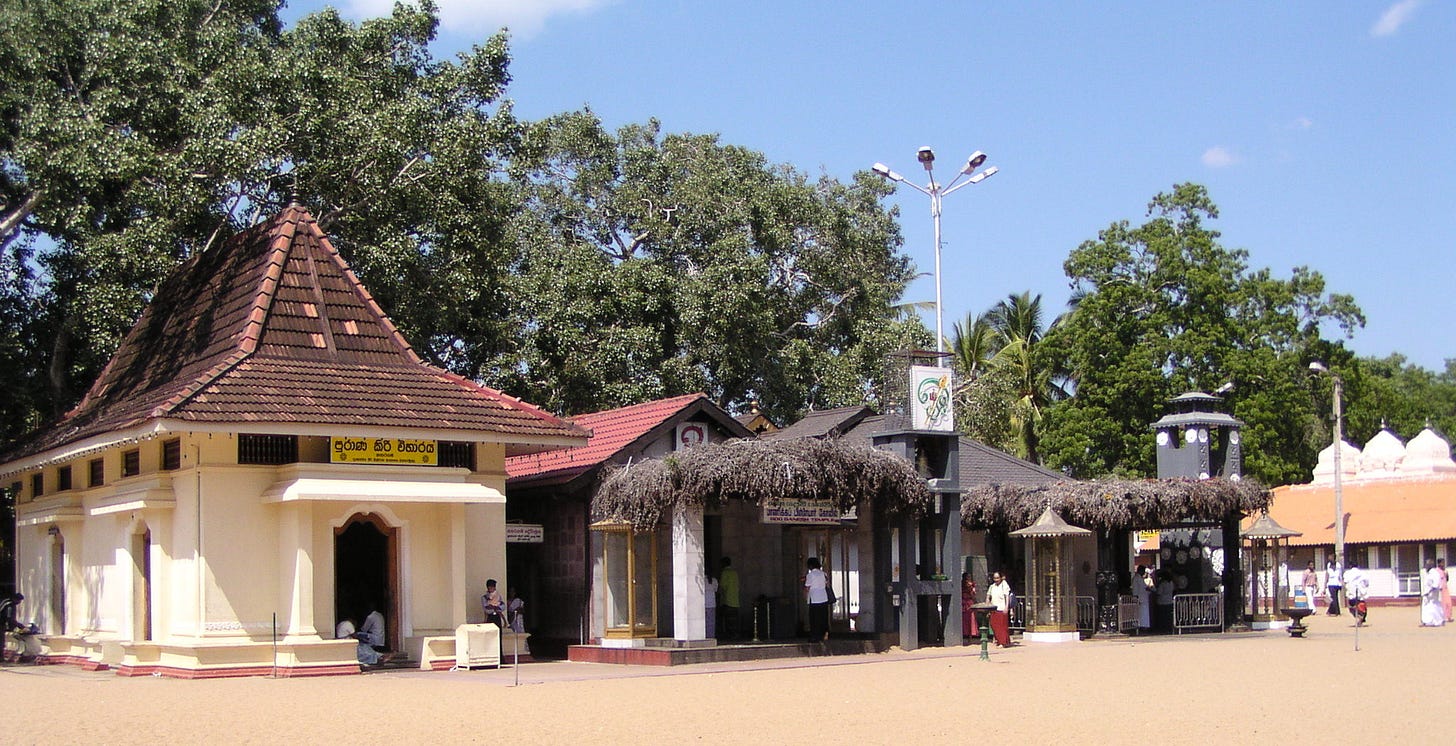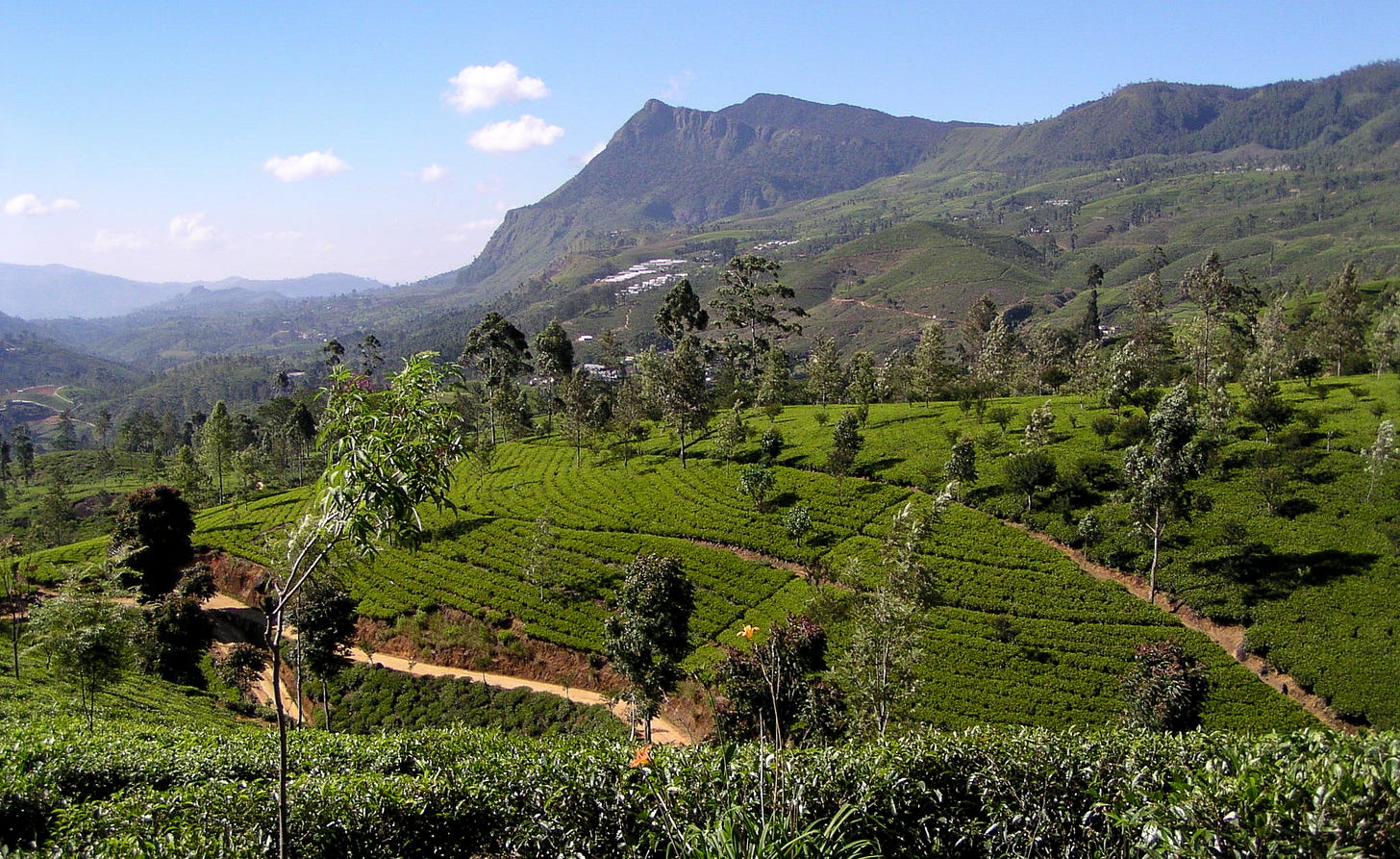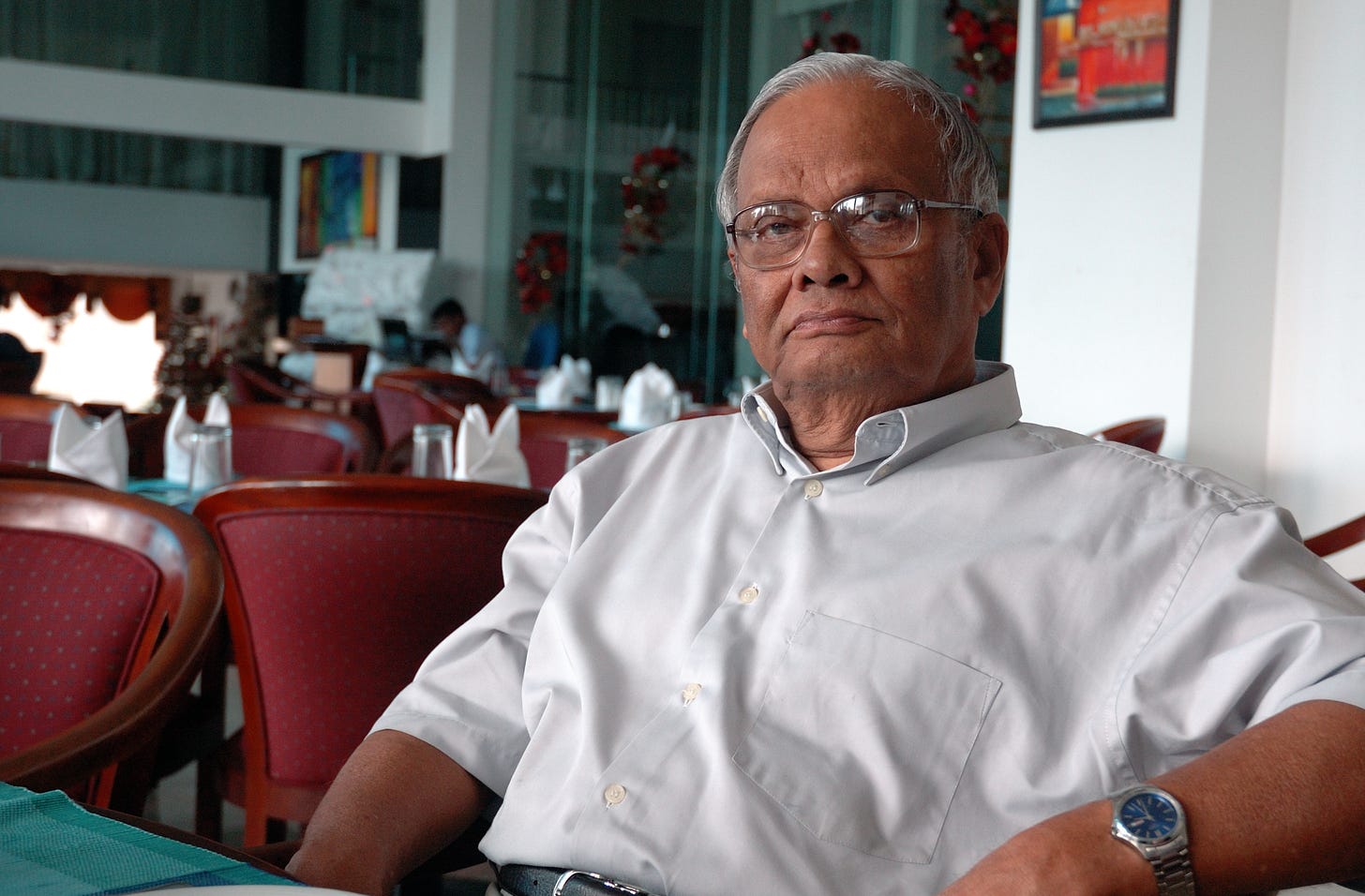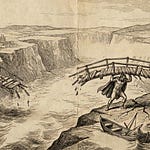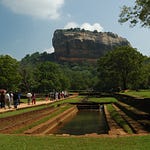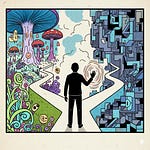Please read Saving Mr. Mendis, an original short story set in colonial Sri Lanka.
While I never really grew up in Sri Lanka, my late father was a born storyteller. There were few occasions when he would not hold forth with some story or other. This was especially the case when he had been drinking or if we were in the back of the 1950s Wolseley on our way somewhere during one of our many holidays in Sri Lanka.
Saving Mr. Mendis is a short story inspired by many of his tales and written in the style that he would have used to tell such a story. Sri Lanka, like the world over, is a country that has seen massive change over the twentieth century and into this one. What was once a British Colony called Ceylon in 1900 would end the century as an independent nation called Sri Lanka. Over that time it endured a civil war, many bouts of ethnic and sectarian violence, massive growth in both population and wealth inequality, as well as incredible urbanization. Aside from its politics and economics, the country brought forth writers of world-reknown including Michael Ondaatje, Romesh Gunesekera, Shyam Selvadurai, and more recently, Shehan Karunatilaka. It is a country of contrasts, with several millennia of recorded history, both written and archaeological.
I have many stories of Sri Lanka. The country might not have been my “home,” but our visits, the extended family, and the many stories have always been central to my life. The stories my father told and the experiences we lived through are deeply intertwined. To give you an idea let me take you through one of my journeys in Sri Lanka that also has a strong connection to my father: a pilgrimage in the summer of 1988 when I was 13. This is not a Sri Lanka you will find anymore, but I hope I can convey some of what I remember of the smells, sights, and sounds.
On a typically hot, sweltering Colombo day in the summer of 1988, we boarded a bus at the Colombo Fort central bus station. In those days, the Fort Central Bus Station was a hive of activity, with sellers of pineapple snacks laden with chilli, and the clinking bottles of Fanta and Elephant House Cream Soda. The bus we boarded was of a type that can still be seen in modern Sri Lanka if you keep a close lookout, a testament to its Indian engineering and Sri Lankan perseverance. These red, rectangular, aluminum-sided buses had no creature comforts and, like a metal monster come to life, rattled, growled, and whistled through every intersection.
My mother, father, and I were heading on pilgrimage to the holy city of Kataragama after having recently landed back in Sri Lanka after an absence of many years. Kataragama was my father’s favorite, most sacred place in all the world, he would say. Unlike many of the trips we undertook, we had decided to do this one by bus. I can’t remember the exact circumstances; however, this was at the very height of Sri Lanka’s troubles. In the north of the country, the Liberation Tigers of Tamil Eelam (LTTE) were waging a guerrilla war of separation, and in the south, a Marxist insurgency was ongoing. In the end, the war in the north would take another 20 years and tens of thousands of lives before coming to an end. Checkpoints and barricades were common; scowling armed forces watched for any aberration. This was not a time to show my poor Sinhalese and bring unwarranted attention.
This crowded bus had little room to even stretch an arm, even if you were seated. We traveled south along the famous Galle Road out of Colombo, back then the second busiest road in the country, which meandered next to the sandy beaches and lagoon-filled coastline of western Sri Lanka. The beaches were empty of tourists for the most part, frightened by the violence. On occasion, salt-encrusted ocean humidity would waft in past the sweaty passengers.
Had we been in a car, my father would have regaled us with stories. My father had a deep fascination with histories: the history of the people, the history of the land, the history even of a specific rock or tree. Here the Portuguese would have landed and traded. Here was the town named Kaduwa (sword) that became Hikkaduwa due to hiccups–I’m sure he was joking. Here was where he stayed as a student in the 1950s, and he would ask my mum if she remembered that trip in the ’60s and wonder how there could be so many houses. Often there were exclamations at what various politicians had “done to ruin this beautiful land.” He would sigh at how people had used the limestone from coral reefs to grind into the white paint used on the mud-brick houses and allowed the angry sea to encroach, unmolested and ravenous, over the land.
This trip was quiet, marked by the ebb and flow of the growling engine, my arm getting tired from holding onto a railing to prevent being unceremoniously disembarked by the jerking movements. With a number of bus changes taking the entire day, we passed along the famous Portuguese forts of Galle and Matara and then inland into the dry-aired countryside of Tissamaharama and Kataragama. These are holy places for Buddhists and Hindus. Buddha was supposed to have visited both places after he had attained enlightenment. Kings of Sri Lanka started their wars of conquering the island several times from these southern cities. Kataragama was the home of Lord Murugan, Sri Lanka’s only resident deity of the Hindu pantheon. Sitting astride a peacock, he had given his blessing to many battles. My dad would even claim that nearby hills featured in the famous epic Ramayana.
On this trip, we eschewed the pleasures of an air-conditioned hotel for the very plain, white-walled, conspicuously clean, vegetarian, alcohol-free, and pilgrim-filled rest house at Kataragama. Under the stern gaze of my mother, there was to be no alcohol before the “pooja.” Despite this, my father, the ever extroverted doctor had already become best friends with the receptionist and ensured we had the best room there. We quickly changed into new, clean white clothes: my father in a white shirt and tan pants and my mum in her customary pilgrim sari. My father was, as always, the colonial gentleman: his nice watch on display, a sparkling fountain pen in his pocket, grey hair neatly styled with cream, his shirt neatly tucked in.
This was not a place where you appeared unkempt to divinity.
The holy city of Kataragama is reached by crossing the Menik Ganga, which literally translates as the Gem River. You can likely sift through those sands and find tiny sapphires. Ever sarcastic, my father would note that another new bridge had been built, as had been done by every leader since independence in 1948. Little had changed from the time of ancient kings, he said, when they littered the countryside with the equivalent of “I was here” monuments meant to exalt them in reincarnation.
The main area of Kataragama is a walled area with hut-like temples, the main one being dedicated to the god Kataragama (Murugan). At the appointed time, we all lined up amongst the grove of Bodhi trees—descendants, it was said, from the sapling brought to Sri Lanka after Buddha’s death. Underneath the bell-like leaves, we held our pooja offering high on our shoulders or above our heads. The bells started tolling, and we moved along, pushed and pulled by the crowd. My father would hold my hand as he prayed for good fortune for my brothers and me under his breath. We walked inside.
The ceremonies are designed to assail every sense: the colors, the sounds, the chanting, the clanging of the bells, and the clouds of incense. First came the offering of the Murathang rice, the special sweet holy rice only ever produced for the mealtimes of the gods. The rice is first served to the god and then to the waiting flock. This was the start of the thrice-daily ritual of feeding the immense appetite of the gods, with whom we now shared a meal. From here, we would hand over the pooja basket, and the priest would take it behind a shimmering curtain adorned with a giant representation of the god Kataragama. A few minutes of chanting later, the tray would be returned, fruit cut in half—a portion of what we had offered, of course, had been taken, and we now had to share. Finally, one of the priests would put the sticky dot of the third eye on our foreheads before we exited into the cooling night. We would then walk with the masses to the famous millennias old Buddhist stupa of the Kiri Vehera and sit on its still-warmed ancient flag stones as the moon rose behind it.
The next day we boarded a bus from Kataragama to Badulla in the central highlands of Sri Lanka. The road to Badulla from Kataragama marked a gray dividing line of areas of control between the Sri Lankan Army and the LTTE. To the east of this road was Yala National Park, and stories ran rampant of guerrillas hidden in the woods. Kataragama was safe; there was no way any party would ever commit a crime there. Outside, that was a different story.
This part of the trip was really for me. I had wanted to take the “Podi Menike” train from Badulla to Colombo Fort. The train leaves Badulla in the afternoon and arrives in Colombo Fort station in the nighttime. It winds through highland tea country and small villages populated by the tea plantation workers of the various major tea companies: Lipton, Cargills, Mackwoods. The train passes over old Georgian bridges, through innumerable blackened, smoky tunnels, and stops at every little, well-kept, one-room station. Smartly-dressed station masters exchange message rings with train drivers to track the flow of traffic on the remote, one-track highland line that seemed to have stepped right out of British Colonial Ceylon.
This is where the troubles of Sri Lanka come back into the story. The war rarely intruded on life in the western capital region aside from suicide bombings. That year, the LTTE were ascendant. They were making forays into the highlands, and clashes with the Sri Lankan Army had become common. The population of this area, and the occupants of this particular carriage, were descendants of the Indian Tamil laborers brought over by British tea plantation owners.
At one plantation station, several armed soldiers came on board. We were sitting by the window, my mum, my dad, and I. I had been paying little heed to the goings-on in the carriage until then; I had been staring out into the distance as I always do on train rides. These armed men with rifles, machine guns, and fatigues walked down the aisle, peering closely at each occupant. Finally, they came to my smartly-dressed father and stopped short. One of the men said something in Tamil to my father. Without too much hesitation and to my absolute surprise, my father, his hand firmly on my mum, responded in Tamil. The man stood there for a bit, gun slung across him, and after taking another long look at each of us, he motioned to the other men and left our carriage.
At the next stop, the armed men disembarked. At the stop after that, the Sri Lankan Army jumped on board and proceeded to identity-check everyone on the train. Armed to the teeth, it was obvious they were looking for someone.
The train pulled into Colombo Fort Station in the wee hours of the next morning, many hours later than expected. A day later, we heard the news. There had been a battle in a village in the highlands. A group of guerrillas had attacked a Sri Lankan army group. All this had happened not much after those first men had left our train, though I have no definitive proof of anything. I asked my father how he knew Tamil. In a carriage filled with local Tamils, we obviously stood out like a sore thumb. He said it was the right of anyone to be spoken to in the language that they wished. He had learned Tamil as a child and a student and used it when he had worked in the north while working to eradicate Tuberculosis in the 1950s. He respected the Tamil people greatly, so why should he not have answered back in Tamil?
To this day, I do not know whether anything would have happened had he answered in Sinhalese or in English. It’s a lesson I have never forgotten: Always learn the language. It is not just a courtesy; it is a solemn duty as a human to communicate with those around you in their own tongue.
Besides, you never know when armed guerrillas might board your train.



